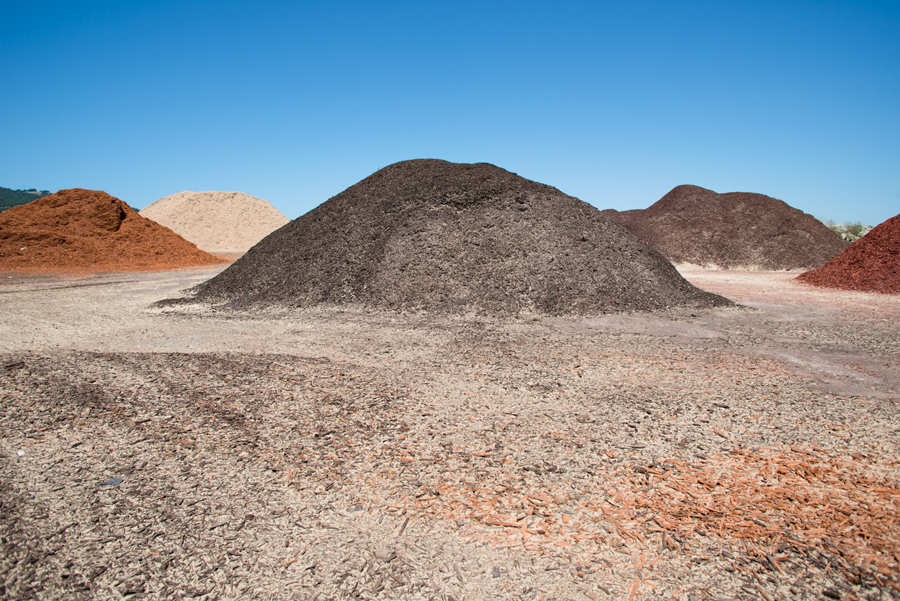Unused paper plates, crumpled wrappers from long-gone hamburgers, a Starbucks cup, a cracked CD, tattered plastic bags: These were just some of the . . .
Jury fears future of Marin’s trash


Unused paper plates, crumpled wrappers from long-gone hamburgers, a Starbucks cup, a cracked CD, tattered plastic bags: These were just some of the . . .